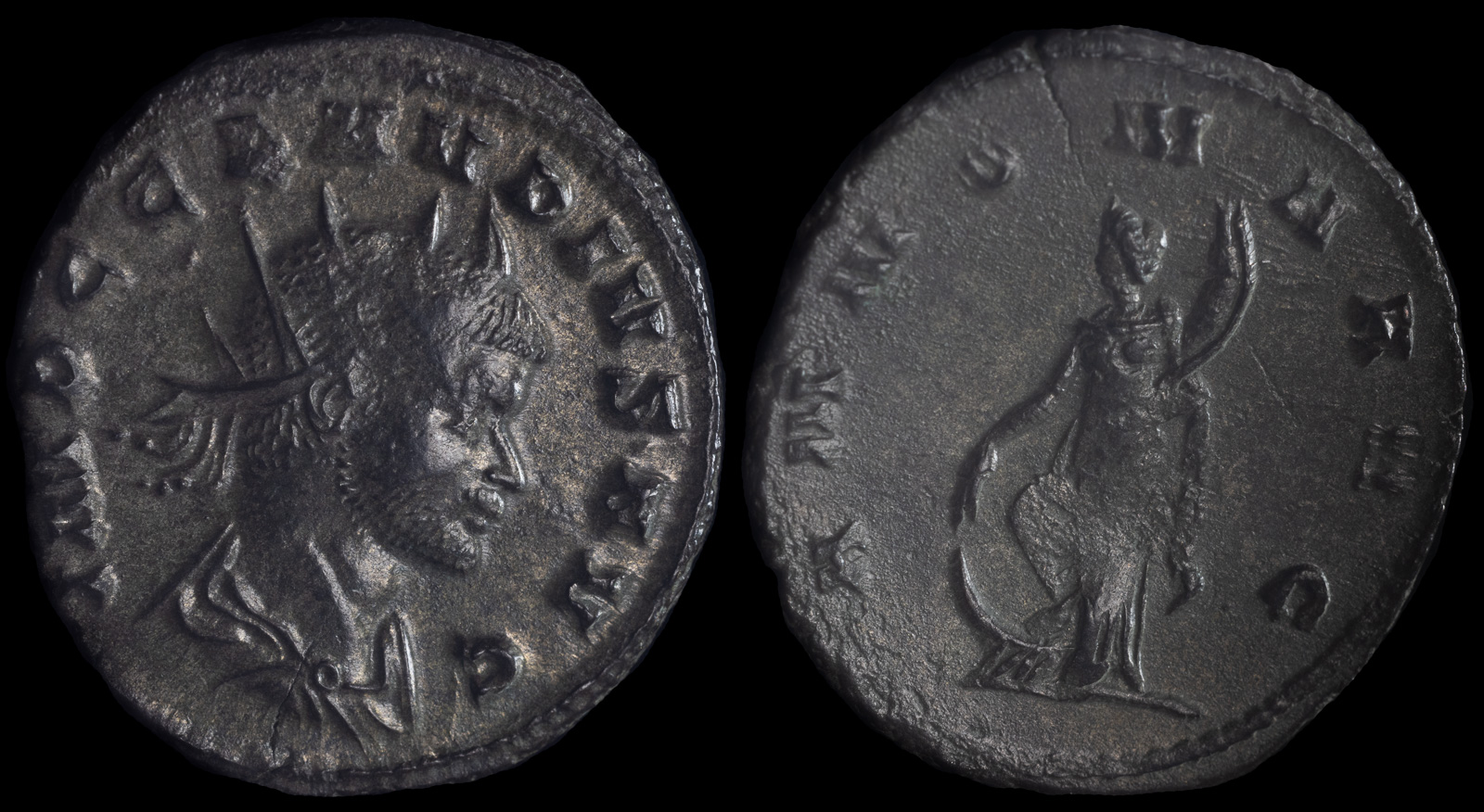Annona
View All Tags
The goddess was often depicted as a matronly figure holding a cornucopia, symbolizing abundance, or a stalk of wheat, emphasizing her connection to grain. In her iconography, she was sometimes shown with a ship, referencing the grain ships that brought vital supplies from provinces like Egypt, North Africa, and Sicily to feed Rome’s vast population. This was particularly important because Rome relied heavily on external sources for its grain, and the goddess Annona was seen as the protector of this essential resource. Her role was to ensure that the grain supply was steady and plentiful, keeping the people well-fed and the city stable.
Annona’s significance grew during the Empire, especially under emperors like Augustus and Trajan, who made efforts to secure Rome’s grain supply through subsidies and the organization of the grain trade. The emperor was often seen as the earthly agent of Annona’s will, ensuring that the people were provided for. Annona was also sometimes closely associated with Ceres, the Roman goddess of agriculture and fertility, but Annona’s specific focus on the grain supply and food security distinguished her role in Roman religion. Her worship reflected the practical needs of the empire as well as the Roman belief in the importance of divine intervention in securing the welfare of the state.
Temples and altars dedicated to Annona were established in Rome and other parts of the empire, and her cult became important in the imperial context. Annona’s role was particularly celebrated during times of crisis, such as famines or grain shortages, when her intercession was sought to restore abundance. Over time, her symbolism extended to represent the prosperity of the empire itself, with Annona embodying the lifeblood of Roman society through the food supply that sustained its citizens.

Claudius II (Gothicus)
Rome 268-270 CE
Billon Antoninianus 23mm, 2,87g
Obv : IMP C CLAVDIVS AVG. Radiate, draped and cuirassed bust right.
Rev : ANNONA AVG. Annona standing left, with foot on prow, holding corn-ears and cornucopia.
RIC V online 194